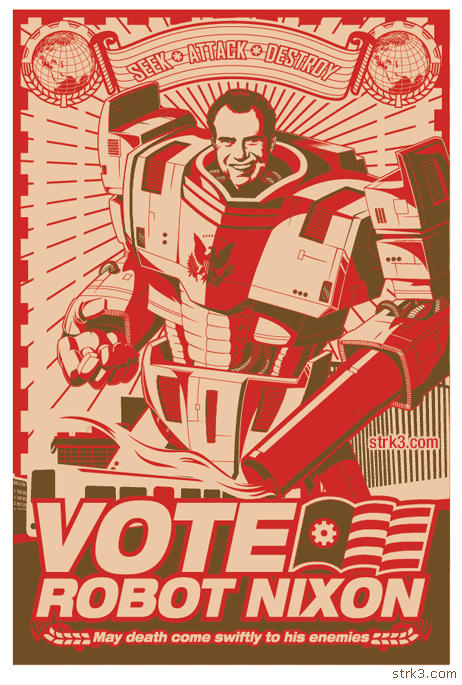
INQUIRER: On Tuesday, it will be 40 years since my son Jeff was shot and killed on the campus of his college. He and three of his classmates were murdered by the National Guard at an antiwar demonstration at Kent State. During a 13-second fusillade of rifle fire, Jeff, Allison Krause, Sandy Scheuer, and Bill Schroeder were killed and nine of their fellow students were wounded. The students who had gathered that day – all unarmed – held a large range of opinions about the seemingly endless war in Vietnam. Some, including Jeff, objected intensely to the increasing escalation of a war that had begun when they were barely in their teens. In fact, Jeff had written a poem about the war titled “Where Does It End?” in February 1966, shortly before he turned 16. Others in the crowd had mixed feelings. Some were just onlookers. Some, like Sandy, were on their way to their next class. And so, May 4, 1970, became one of the blackest days in the history of our country. It was the day I not only lost my child but also lost my innocence. I could no longer take on faith what I had been taught all my life about my “constitutional rights,” the rights that supposedly made our country different from so  many others. The decade that followed was filled for me with grief, anger, disillusionment, and lawsuits. At the end of our legal battles, we were pressured by the judge and by our lawyers into accepting a settlement in which the parents of the dead students discovered that their sons’ and daughters’ lives were worth a mere $15,000 each. MORE
many others. The decade that followed was filled for me with grief, anger, disillusionment, and lawsuits. At the end of our legal battles, we were pressured by the judge and by our lawyers into accepting a settlement in which the parents of the dead students discovered that their sons’ and daughters’ lives were worth a mere $15,000 each. MORE
WIKIPEDIA: The Kent State shootings – also known as the May 4 massacre or Kent State massacre – occurred at Kent State University in the city of Kent, Ohio, and involved the shooting of unarmed college students by members of the Ohio National Guard on Monday, May 4, 1970. The guardsmen fired 67 rounds over a period of 13 seconds, killing four students and wounding nine others, one of whom suffered permanent paralysis. Some of the students who were shot had been protesting against the American invasion of Cambodia, which President Richard Nixon announced in a television address on April 30. Other students who were shot had been walking nearby or observing the protest from a distance. Richard Nixon had been elected President in 1968, promising to end the Vietnam War. In November 1969, the My Lai Massacre was exposed, prompting widespread outrage around the world and leading to increased public opposition to the war. In addition, the following month saw the first draft lottery instituted since World War II. The war had appeared to be winding down throughout 1969, so the new invasion of Cambodia angered those who believed it only exacerbated the conflict. Many young people, including college students and teachers, were concerned about being drafted to fight in a war that they strongly opposed. The expansion of that war into another country appeared to them to have increased that risk, although the number of troops serving in Vietnam had peaked in 1967, well before that time. Across the country, campuses erupted in protests in what Time called “a nation-wide student strike”, setting the stage for the events of early May 1970. MORE
